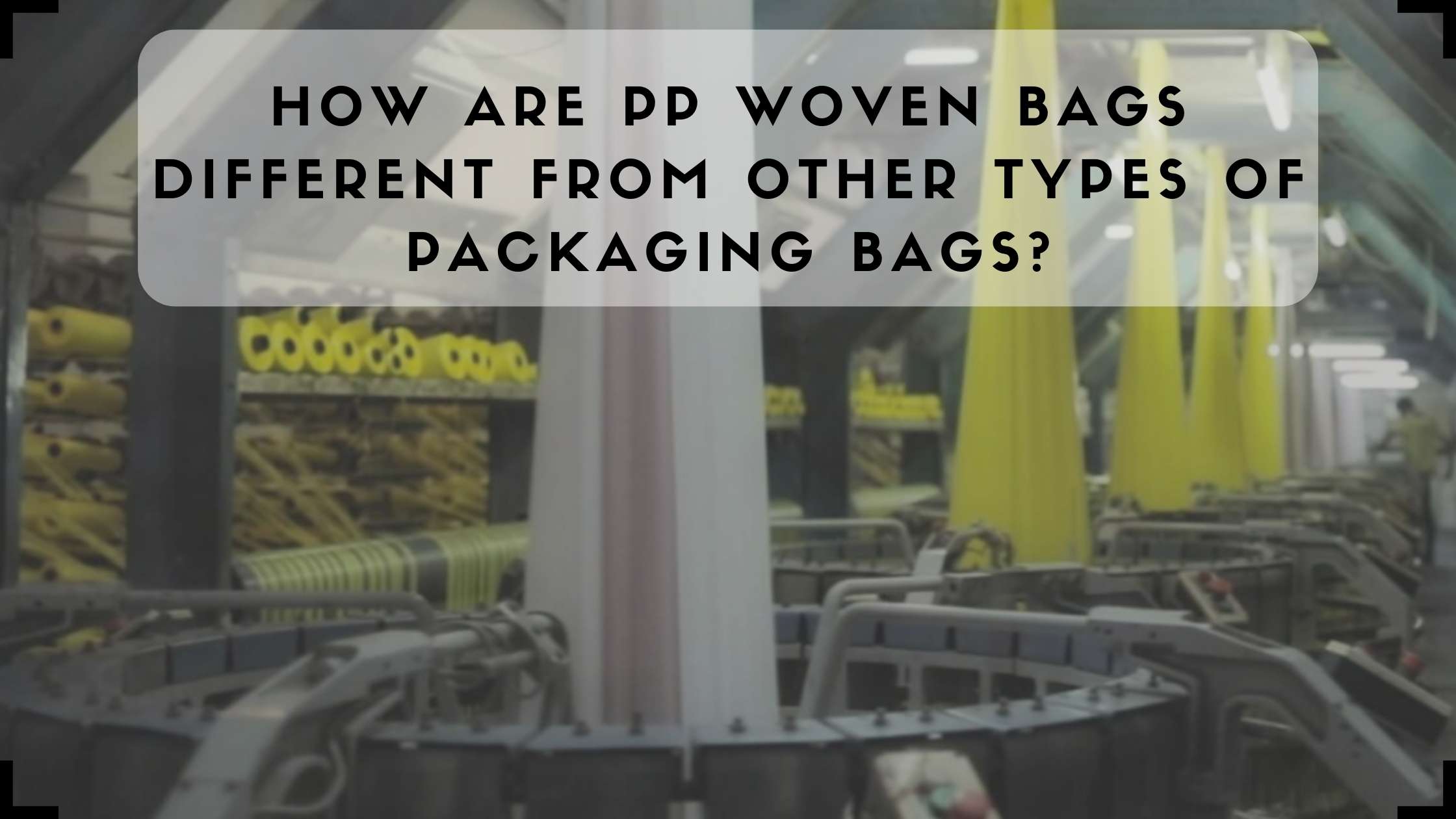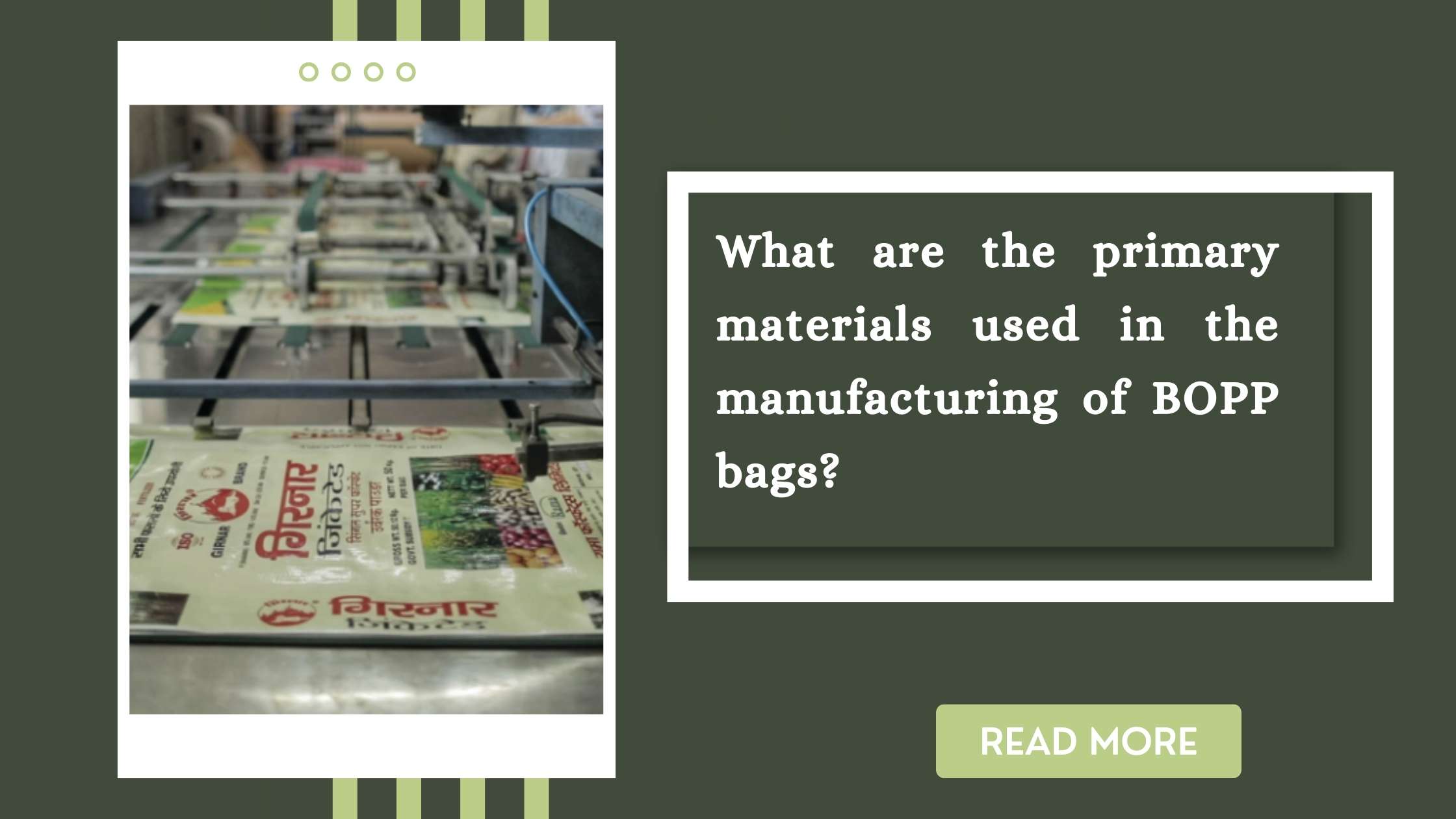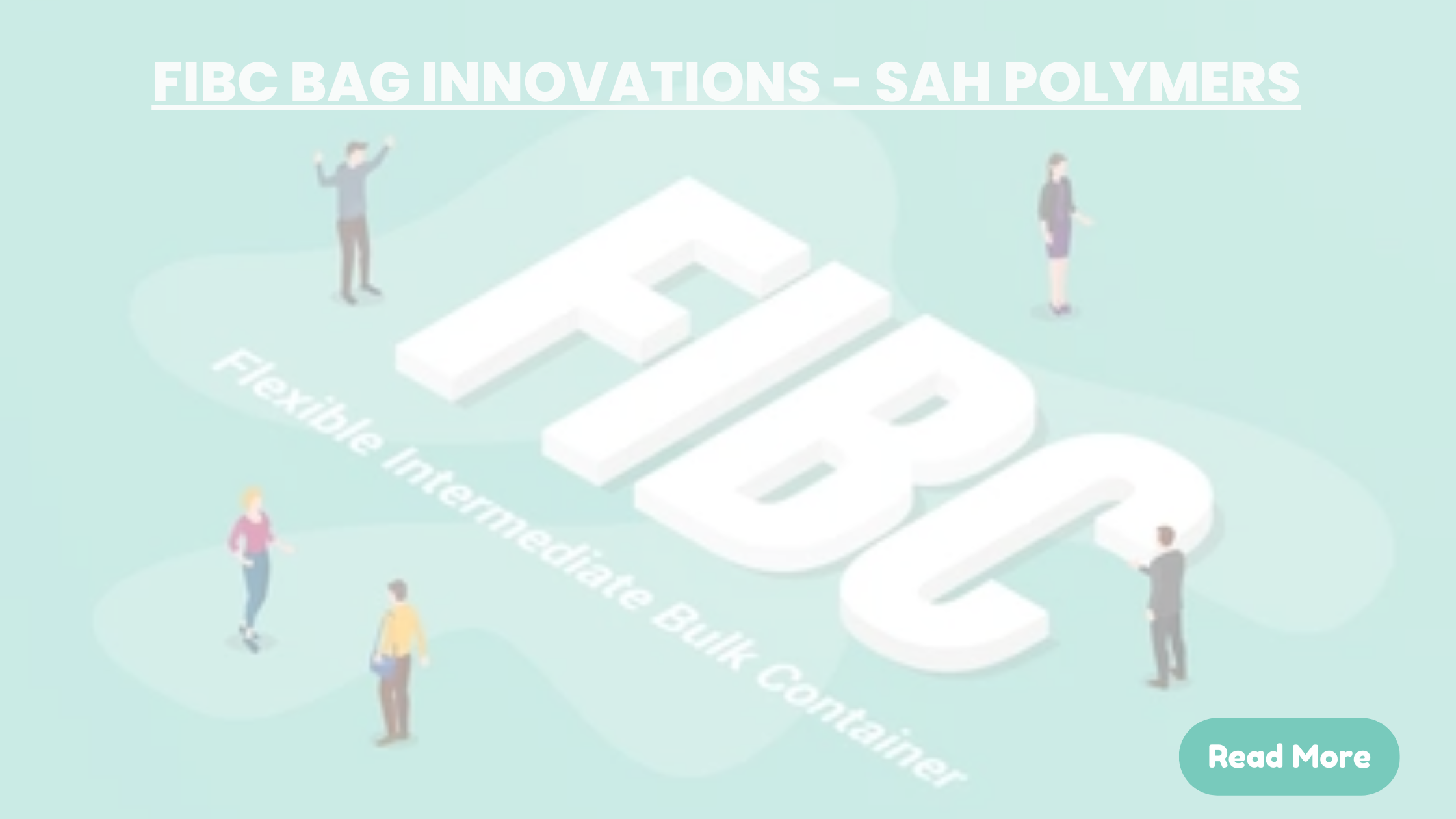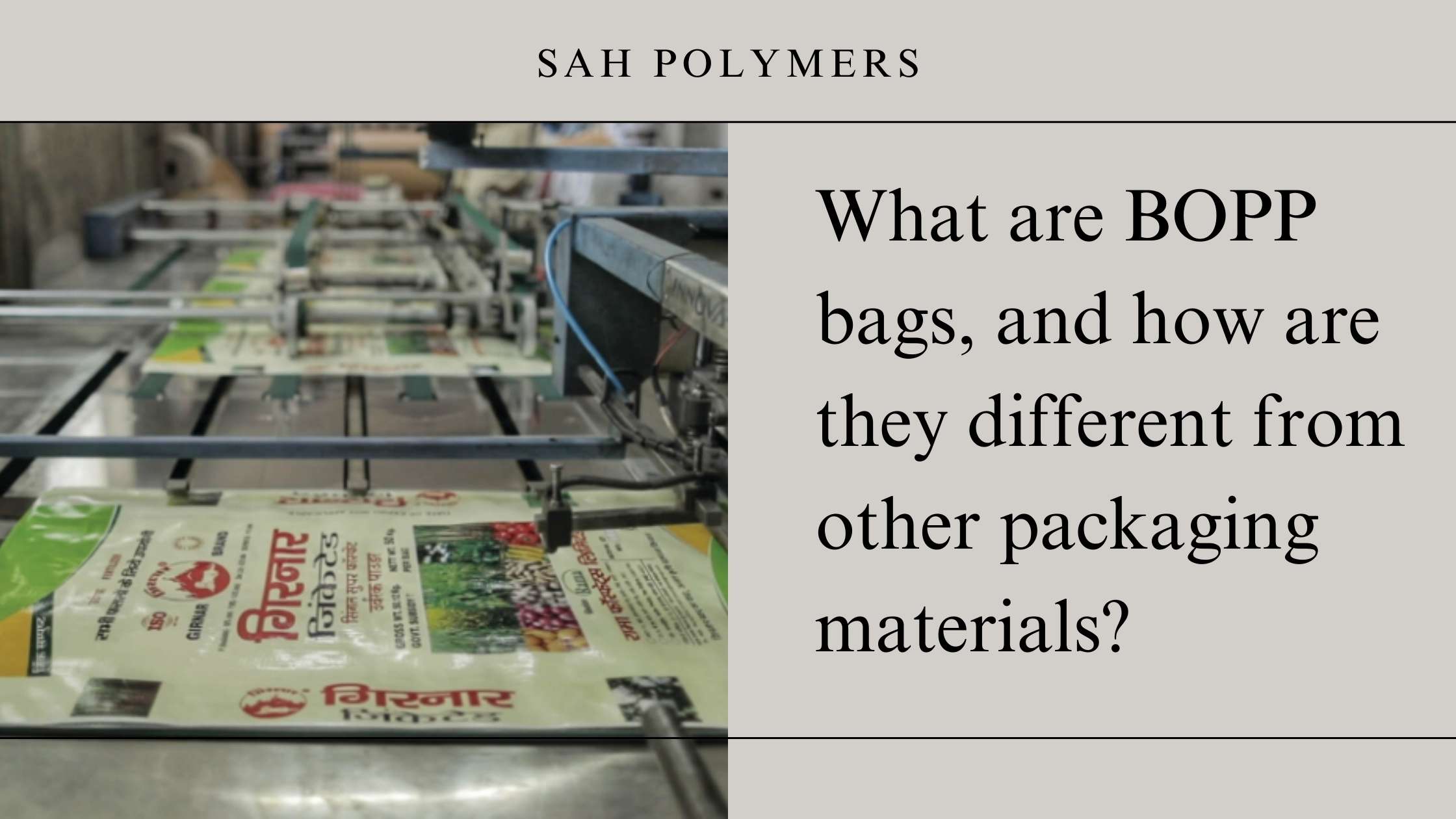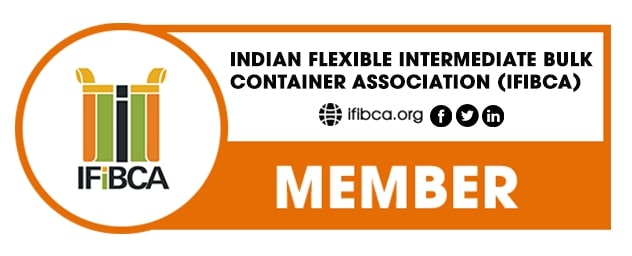When deciding which kind of FIBC is appropriate for your business, you must consider a variety of factors. One of the primary aspects to consider is determining which bag is that is suitable for your needs and the items you will are packing, storing, and transporting inside the bag. This is particularly important when storing and transporting products that are susceptible to contamination from the environment and food processing falls into this category.
What makes Food-grade Bags Different From the normal FIBC?
The term “food grade” is a broad term with different meanings for various people. The food industry uses these specific bags to pack, store, and transport foodstuffs, such as sugar and powders, grains, and many more. They differ from regular FIBC bags in these ways.
Materials
Manufacturers design food-grade FIBCs using 100% virgin polypropylene resin. The resin is not made of recycled materials. With the use of 100% pure polypropylene resin, you can be sure that there are no harmful substances from the resin, which could be a source of contamination for food products. In addition, it meets the requirements and standards for food contact.
Manufacturing Facilities
Manufacturers produce these bags in facilities that have been certified by BRCGS. They design the bags under clean, safe conditions, and adhere to the highest quality standards. BRC-certified facilities are equipped with the proper ventilation and control of pests and record-keeping that is thorough and strict hygiene standards, the inspection of the table, light, and bags being cleaned by air, and detecting metals.
Vibrant Inspections and Tracking
The producers do not take chances in the quality of their quality food FIBC bags. So, every bag goes through an extensive testing process that ensures each bag is identified with a unique number and is monitored from the beginning of the materials until the time of delivery to the food industry.
The Essential Qualities in Food Grade FIBCs
The following are the fundamental characteristics Food-grade FIBCs should possess. They include:
Certifications by Third Parties
Third-party certifications such as BRC guarantees an extra assurance of cleanliness, quality, and confidence in the quality of the product. The stringent standards of this agency ensure that the designers create their FIBCs within a tidy environment and include measures such as pest control metal detection, and air and document keeping.
FSMA Certification
Food Safety Modernization Ac Food Safety Modernization Ac, established by the FDA says that all products that have the label promise high and safe products that are perfect for the transportation of food items.
Capacity of Storage
Manufacturers should keep the capacity for storage of food-grade FIBCs in the back of their minds. If you fill the bag more than the stated amount, it may be damaged due to the spoiling of the food items.
Customization
Different food items require different specifications. So, businesses must adhere to specific packing, storage, and transportation requirements. Manufacturers must design the bags taking into consideration the requirements and needs.

